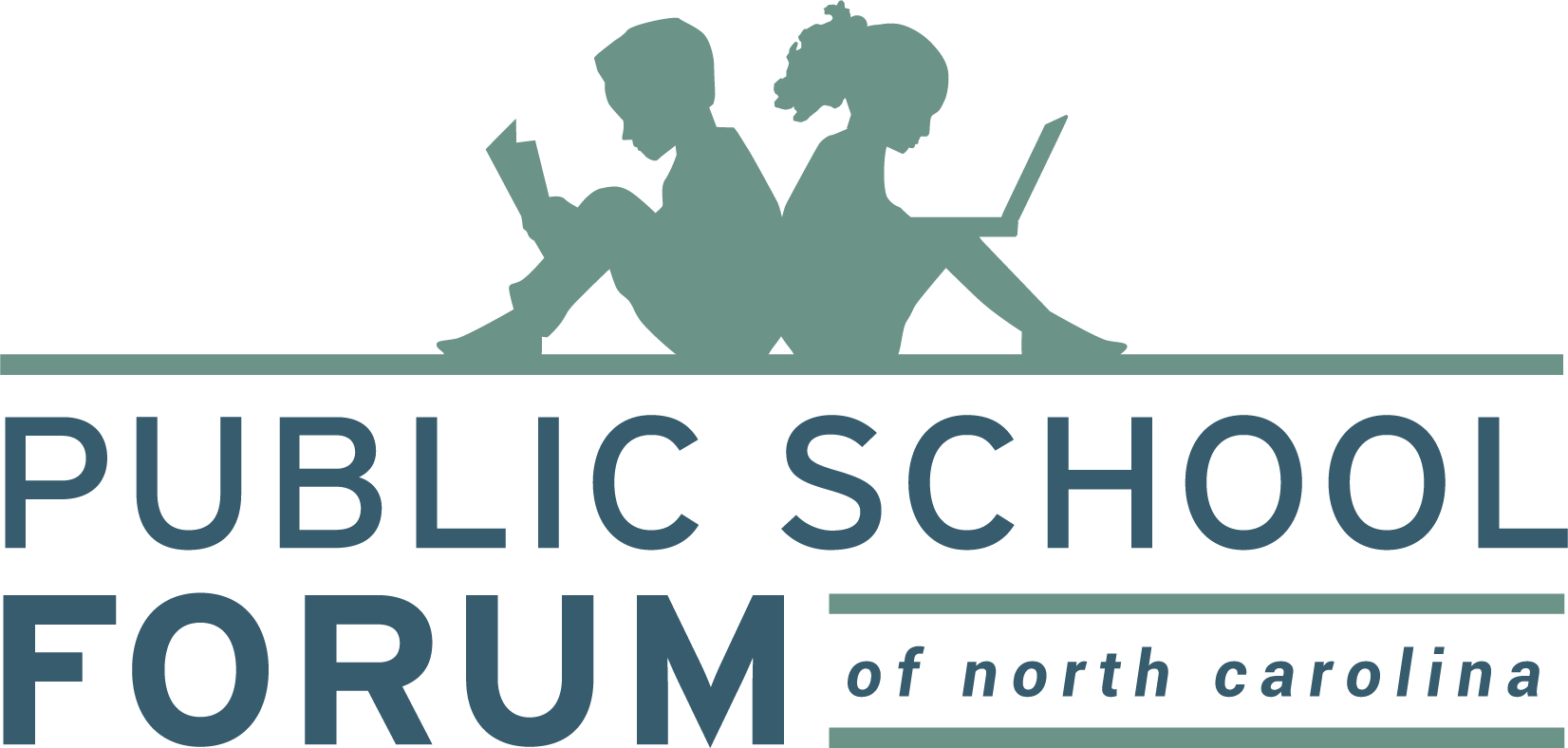|
Subscribe to Our Newsletters
Get Connected with an Expert
Friday Report – September 8, 2017
This week in #nced: As Public Schools Do Without, Public Dollars Rise for Private Schools; New Principal Pay Plan Could Result in Steep Salary Reductions for Veteran Principals
















 Registration is open for the second annual Women in Educational Leadership Symposium (WIELS). The purpose of WIELS is to bring women together to share, learn, and grow in leadership. Women who are interested in learning from others and those who are willing to share skills and expertise are urged to attend. This conference aims to provide personalized learning and mentoring opportunities for those who aspire to become, or currently serve as educational leaders.
Registration is open for the second annual Women in Educational Leadership Symposium (WIELS). The purpose of WIELS is to bring women together to share, learn, and grow in leadership. Women who are interested in learning from others and those who are willing to share skills and expertise are urged to attend. This conference aims to provide personalized learning and mentoring opportunities for those who aspire to become, or currently serve as educational leaders.
Leave a Reply